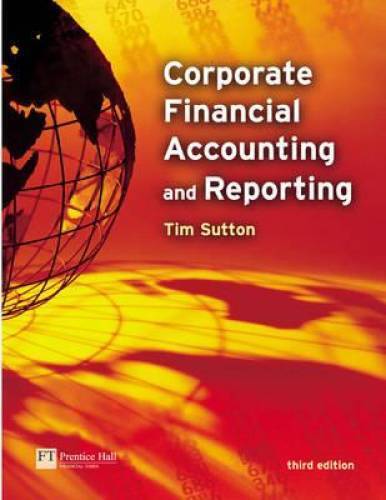Calculation of bad debt expense Harpagon is known to be a miser. One of his great worries
Question:
Calculation of bad debt expense Harpagon is known to be a miser. One of his great worries is the customers to whom he extends credit.
He’s concerned that they will take advantage of his credit terms of ‘net 30 days’ (which he describes as ‘generous’) and delay payment to the very end of the period or even beyond it.
CHAPTER 10 • RECOGNITION OF REVENUE AND VALUATION OF RECEIVABLES 305 The balance sheet of Harpagon’s company shows the following balances at the end of x7 (all amounts are in euros):
End x7 Accounts receivable, gross 410,000 Less: Allowance for bad debts (22,000)
Accounts receivable, net 388,000 During x8, the company makes cash sales of 1.8 million and credit sales of 3 million. It collects 2.85 million from credit customers. It writes off 30,000 of bad debts (these relate to both x7 and x8 sales).
At the end of x8, Harpagon carries out an ageing analysis of receivables. The results are as follows:
Numbers of days past due Total Current 1–30 31–60 >60 Percentage of x8 receivables 100 45 35 12 8 Percentage expected to be uncollectible 0.5 1.5 10 40 Required
(a) Calculate the following for the company:
(i) gross accounts receivable at end-x8;
(ii) allowance for bad debts at end-x8 (round to nearest 000);
(iii) bad debt expense recognised in x8.
(b) How would your calculations in
(a) differ if the company recovered, at the end of x8, 3,000 of the bad debts written off earlier in the year?
Check figure:
(a) (iii) 35,000 AppenedixLO1
Step by Step Answer:






